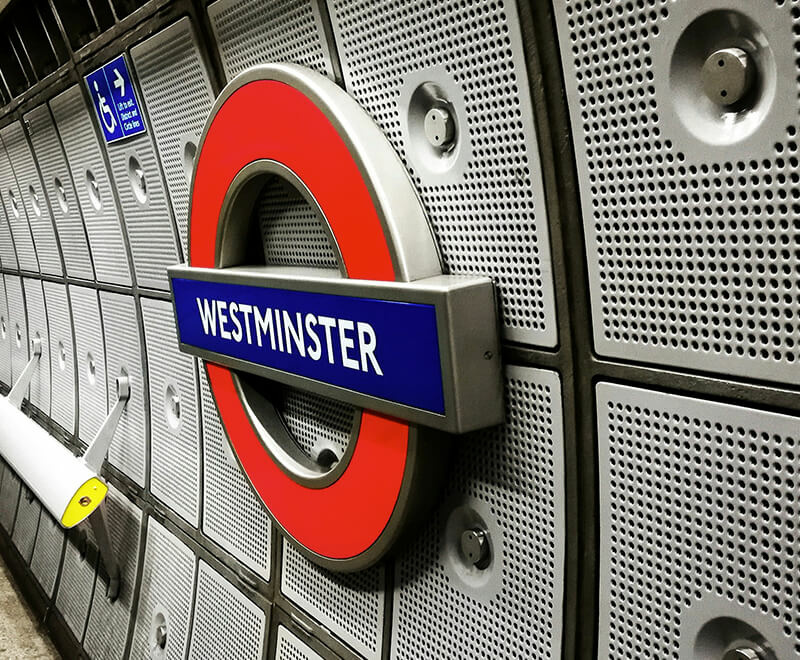Following an eventful week in Birmingham, Ben Stetson offers his take on this year’s Conservative Party Conference and what it will mean for the party and nation.
After nearly imploding in Manchester last year, the bar for success was not high this time around. If the Prime Minister could march her Party back down to Parliament without an immediate leadership challenge, the Conference could be heralded as success. And despite James Duddrige’s best efforts – he rather crudely submitted his no confidence letter moments before she went on stage to speak – Theresa May delivered one of her strongest performances since July 2016.
While the two-step towards the lectern will be remembered as the lasting image, this year’s Conservative Party Conference did illuminate some movements and noises in the shadows.
The fear of a Corbyn Government is real. The rhetoric and tone within the party around what a Corbyn Government would do to the country has sharpened considerably. And it’s not just red meat for the Tory base this time. Since last year’s Party Conference, it would appear there is now an understanding that if a General Election was called, then the number of Labour MPs returned to Parliament could skyrocket. Seats like Hastings and even Uxbridge are vulnerable.
Though, it is the panic about Labour’s populist agenda that has sent shivers down Tory spines. Why? Because Theresa May’s government is so consumed by Brexit that channeling the ambition to “tackle burning injustices” is often suffocated and cannot be translated into innovative policy. This would appear to have had a direct impact on conference overall – any overarching theme was notable by its absence.
The leadership were selling an unnamed Chequers. Fringes were seemingly banned from referencing the word, but it was evident the Cabinet had been tasked with getting the membership over the line.
Meanwhile, the former Foreign Secretary did his utmost to steal the limelight and galvanise a packed hall to ‘Chuck Chequers’. Activists queued round the building to hear a surprisingly detailed domestic policy platform (with a particular emphasis on housing) and a very revealing account of his successes as London Mayor. But his gags and craftsmanship of the English language were not enough to trump the Dancing Queen.
In fact, none of the leadership runners and riders threw down the gauntlet with any style. The Home Secretary, Sajid Javid – clearly the front-runner – spoke at numerous high profile fringe events and his Cabinet colleague Brexit Secretary, Dominic Raab, was a visible presence throughout. But neither of them could attract much attention in the main hall or the headlines outside. Jeremy Hunt, tipped as a contender by many, shot himself in the foot with a clumsy comparison between the EU and the USSR.
For all the ‘big beasts’ of 2018 it was about Conservative values: the importance of owning your own home; the power of aspiration and opportunity; balancing wealth creation and responsibility for businesses; and lambasting the Corbyn project as an arcane socialist endeavour. Each understand that the ideology of the ‘centre-right’ or ‘one-nation’ conservatism must be reclaimed if they are to challenge the left’s increasingly powerful narrative.
This battle can only be waged after March 2019. Returning to Parliament, the Prime Minister has earned herself some much needed stability. The Parliamentary party have cautiously rowed in behind her allowing her a grace period to focus on the bigger battle – negotiations with Brussels.



